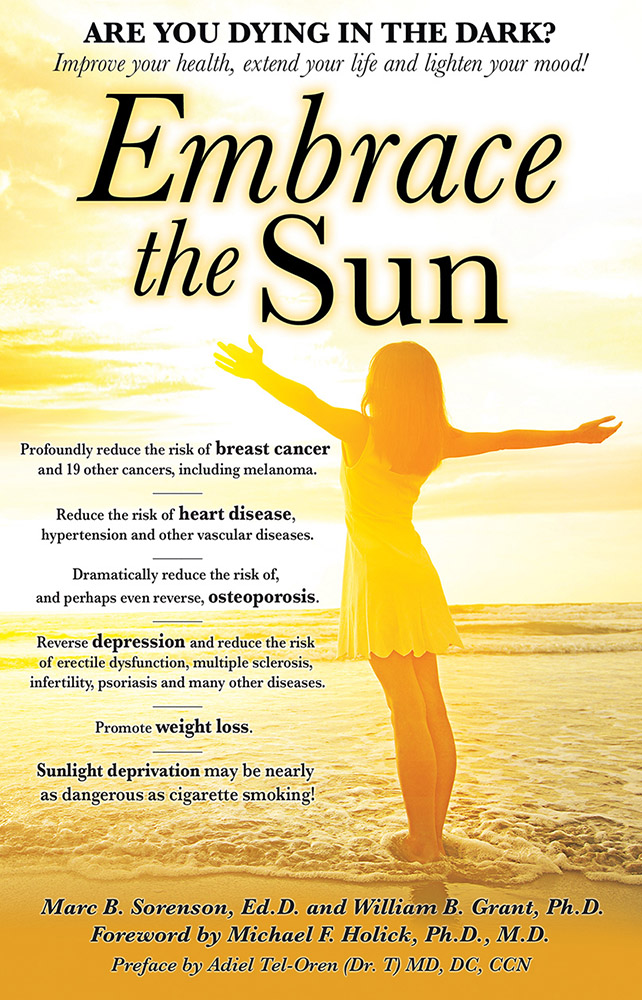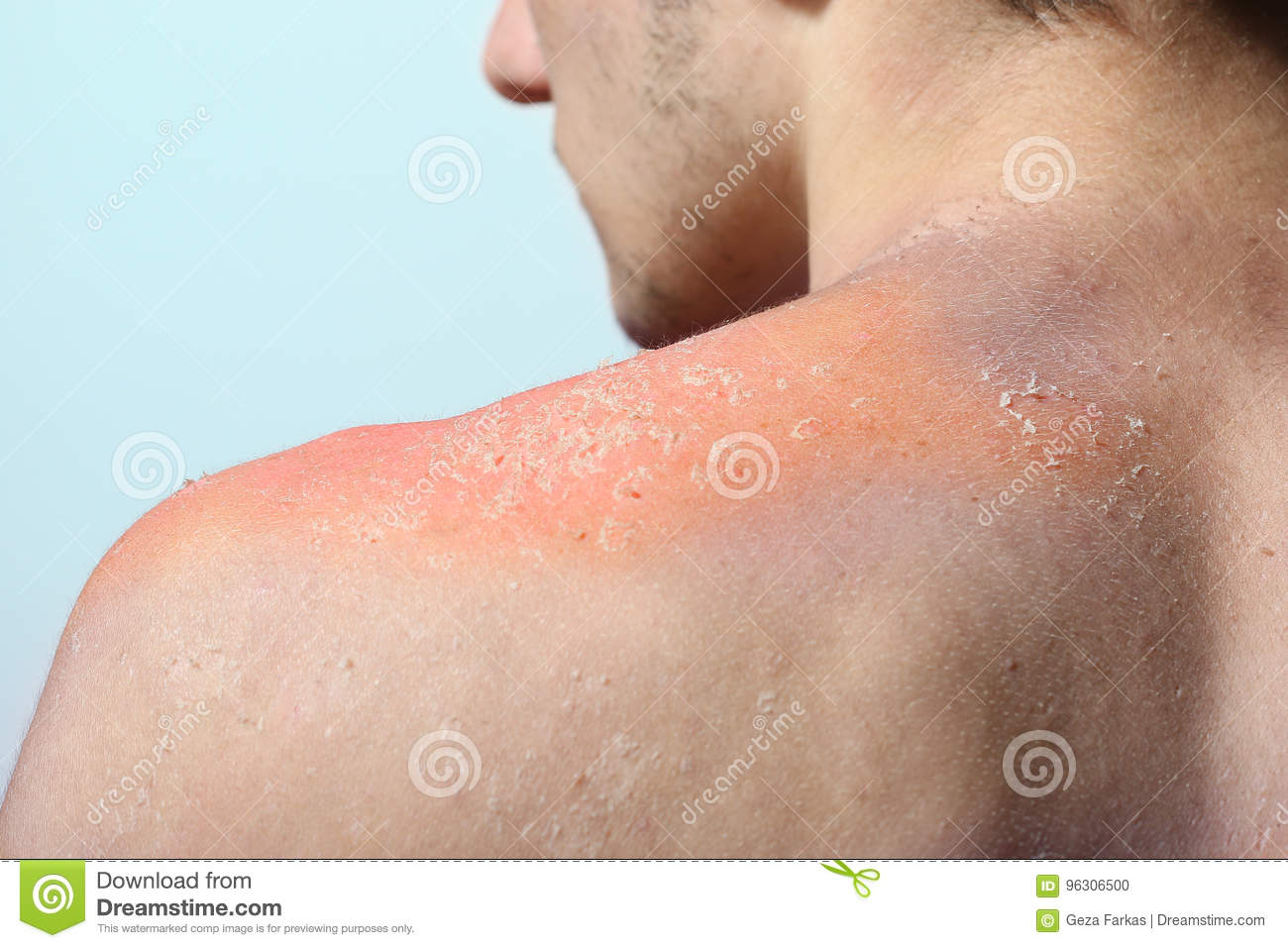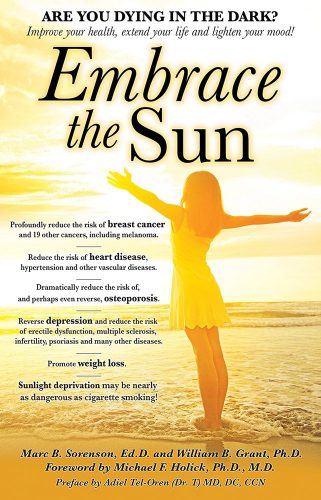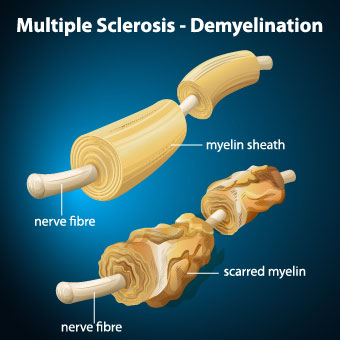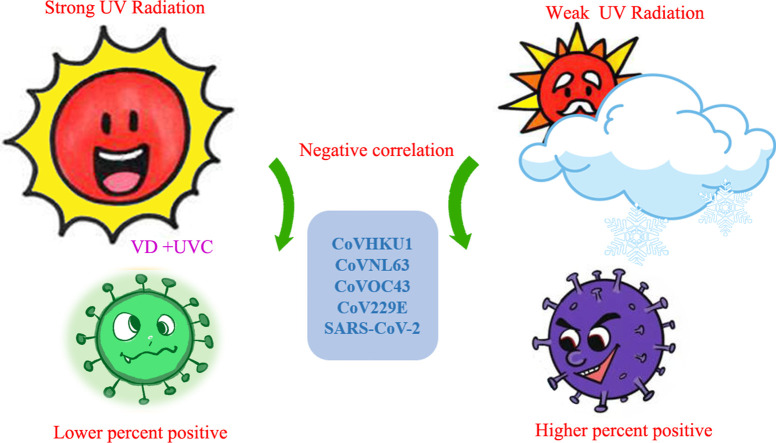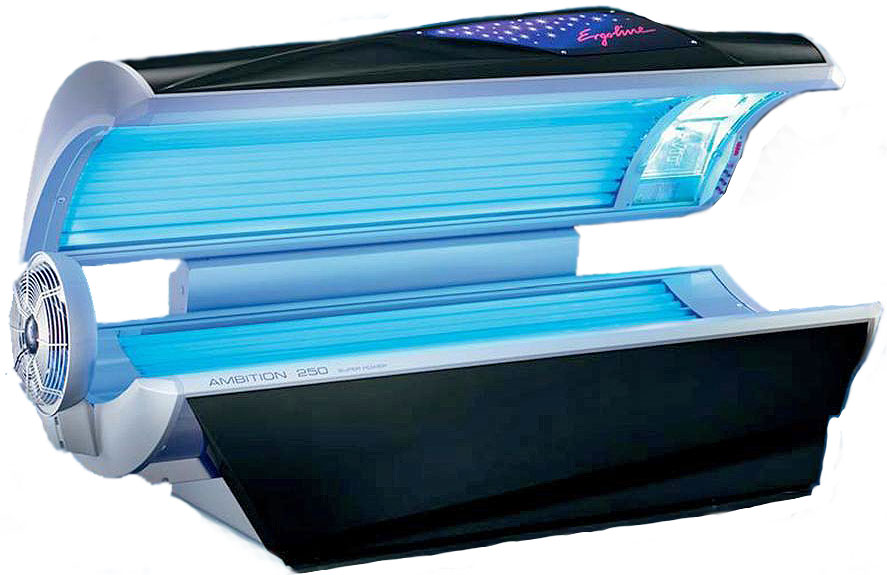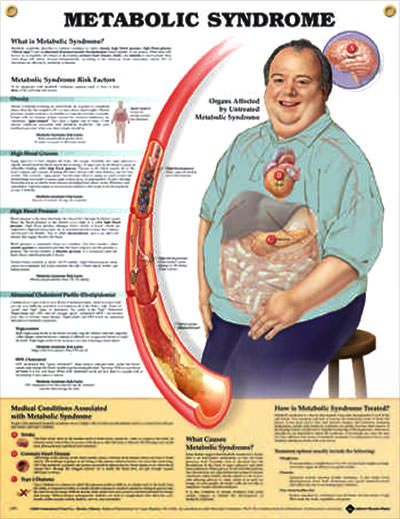Bone strength influenced by the body’s circadian rhythms and sunlight . By Marc Sorenson, EdD.
Bone strength and its link to circadian rhythms
Important definitions and explanations regarding bone strength:
The quantity of bone tissue that either enters the bone, or leaves the bone, determines bone mass and strength.
- Osteoclasts are multi-nucleus bone cells that break down bone tissue. Their function is critical in the maintenance, repair, and remodeling of bones of the vertebral skeleton. They remove old bone and make way for new. Thus, they are always at work breaking down bone.
- Osteoblasts are cells that make and maintain bone. They do so by producing a matrix and then mineralizing it. Therefore, osteoblasts strengthen bone and increase bone mass.
- The balance between osteoclasts and osteoblasts determine the strength of our bones. Unfortunately, many bone drugs work by stopping osteoclasts, thus preventing bone remodeling. Hence, these drugs are disastrous and may cause necrosis (death of bone within bone).
- No matter the calcium consumed, bone will weaken and diminish without something to promote the work of osteoblasts. Hence, osteoporosis results.
Understanding the circadian rhythm
Circadian rhythms are variations in physiology and behavior persisting with a cycle length close to, but not exactly, 24 hours. It is necessary to synchronize the rhythms on a regular basis to maintain them, and such synchronization occurs through regular exposure to light and darkness. Proper circadian synchronization is vitally important because myriad diseases occur without it.
Circadian rhythms include sleeping and waking in animals. In addition, they balance flower closing and opening in angiosperms and tissue growth in fungi. In addition, researchers also have stated, “Mammalian circadian rhythms form an integral physiological system allowing for the synchronization of all metabolic processes to daily light/dark cycles….” Probably, anything with a profound effect on all metabolic processes is important to the proper functioning of the human organism.
Other important actions of the Circadian rhythms, including effects on bone strength.
It also appears that circadian disruptions change the structure of important proteins, which play a protective role in cancer—thereby increasing the risk of breast cancer. Another study has demonstrated that disruption of circadian rhythms may lead to a profound increase in the risk of heart disease, metabolic syndrome, lung cancer and other cancers; even the risk of poor dental hygiene and dental caries increase with desynchronized circadian rhythms. See the entire discussion in the book Embrace the Sun.
Sunlight, circadian rhythms and bone strength
I thought I had read nearly everything written and published about circadian rhythms. Rather surprisingly, while searching other subjects, I was led to very interesting research on bone strength and circadian rhythms. Most noteworthy, I learned that light entering the eye transmits to a brain area called the superchiasmatic nucleus (SCN). The retina transports light information to the SCN, which synchronizes it, and puts out signals to other tissue including bone. Output signals of SCN regulate bone metabolism through hormones that link circadian rhythms and bone.
The importance of ghrelin, a protein that associates with circadian rhythms and bone strength.
Another interesting finding is that a peptide called ghrelin promotes proliferation and prevents apoptosis (cell death) of osteoblasts. Ghrelin is sensitive to circadian rhythms. This is important to maintaining and building strong bones.
There is much more information in this paper that delves into the intricacies of bone metabolism, circadian rhythms, and light. Suffice it to say that sunlight is essential to a properly set circadian rhythm, which in turn is essential to bone strength. This may be the reason that one of the most persuasive studies on fractures showed that women in Spain—those who regularly enjoyed sun exposure—had about one-eleventh the risk of hip fractures as women who had little exposure.
For more information on sunlight and health, visit sunlightinstitute.org and read the book Embrace the Sun.
HAPPY SUNNING!



